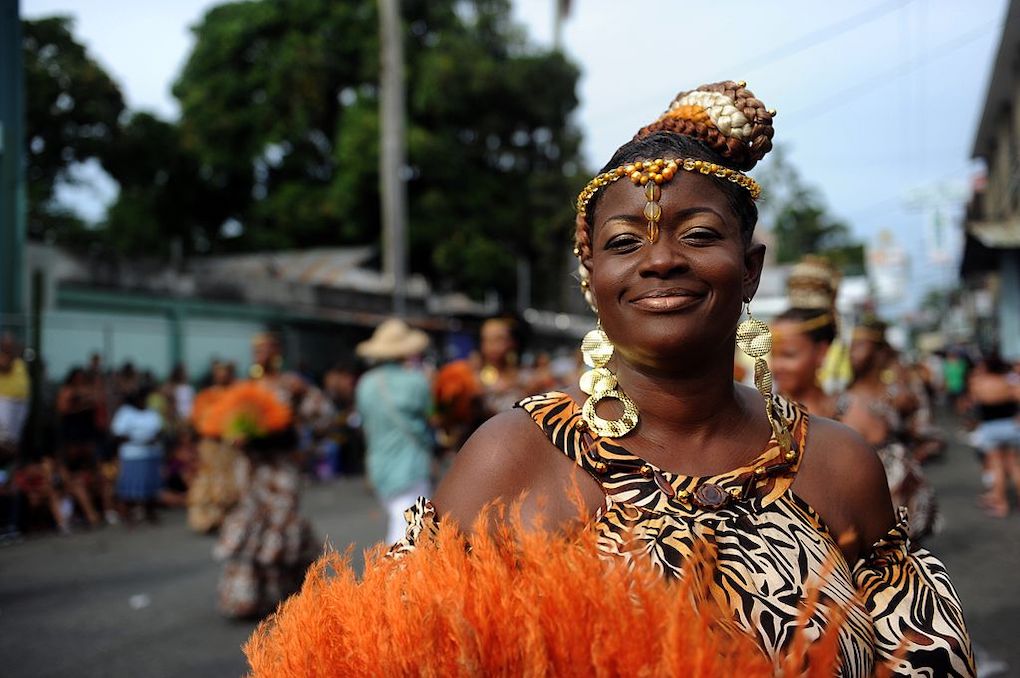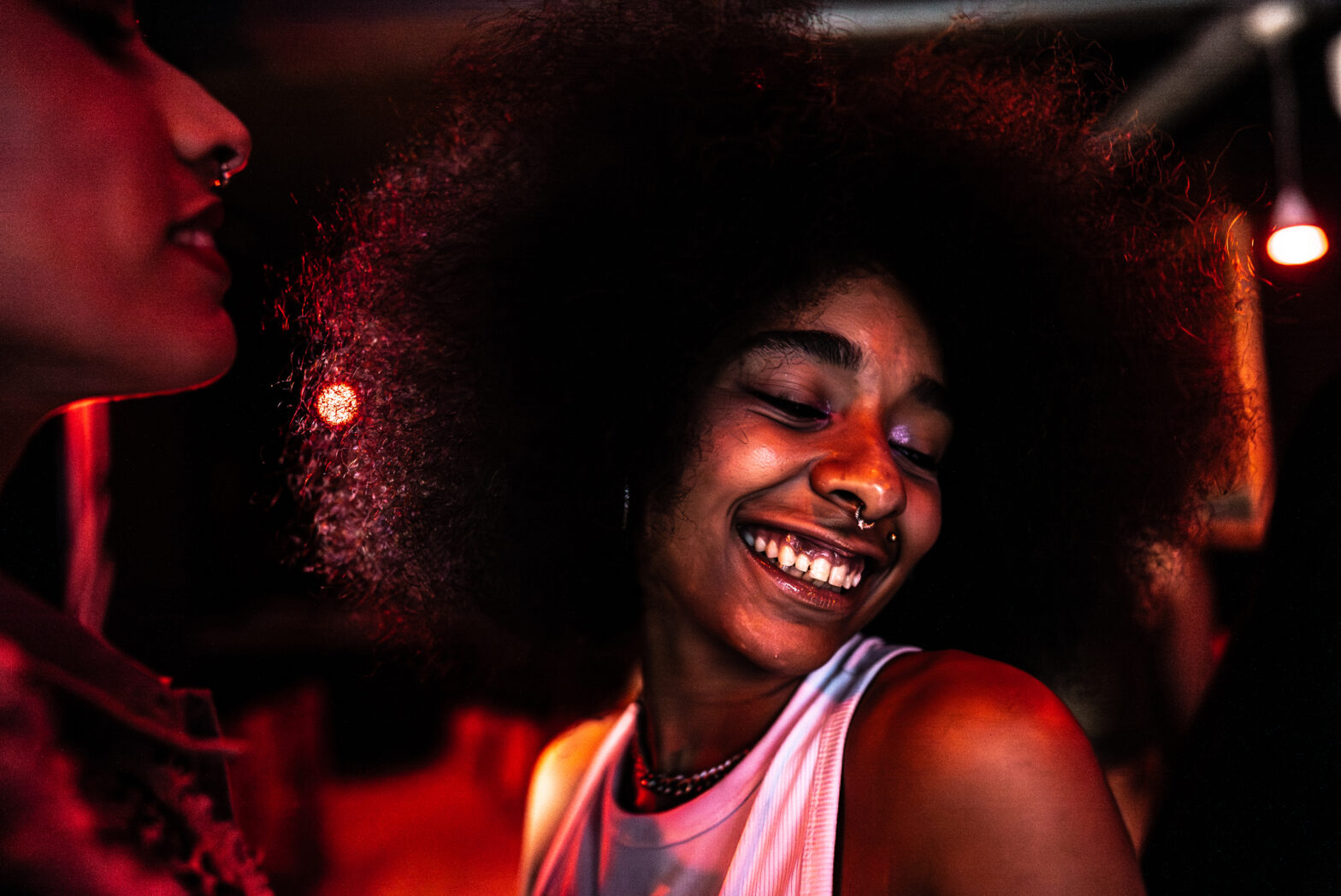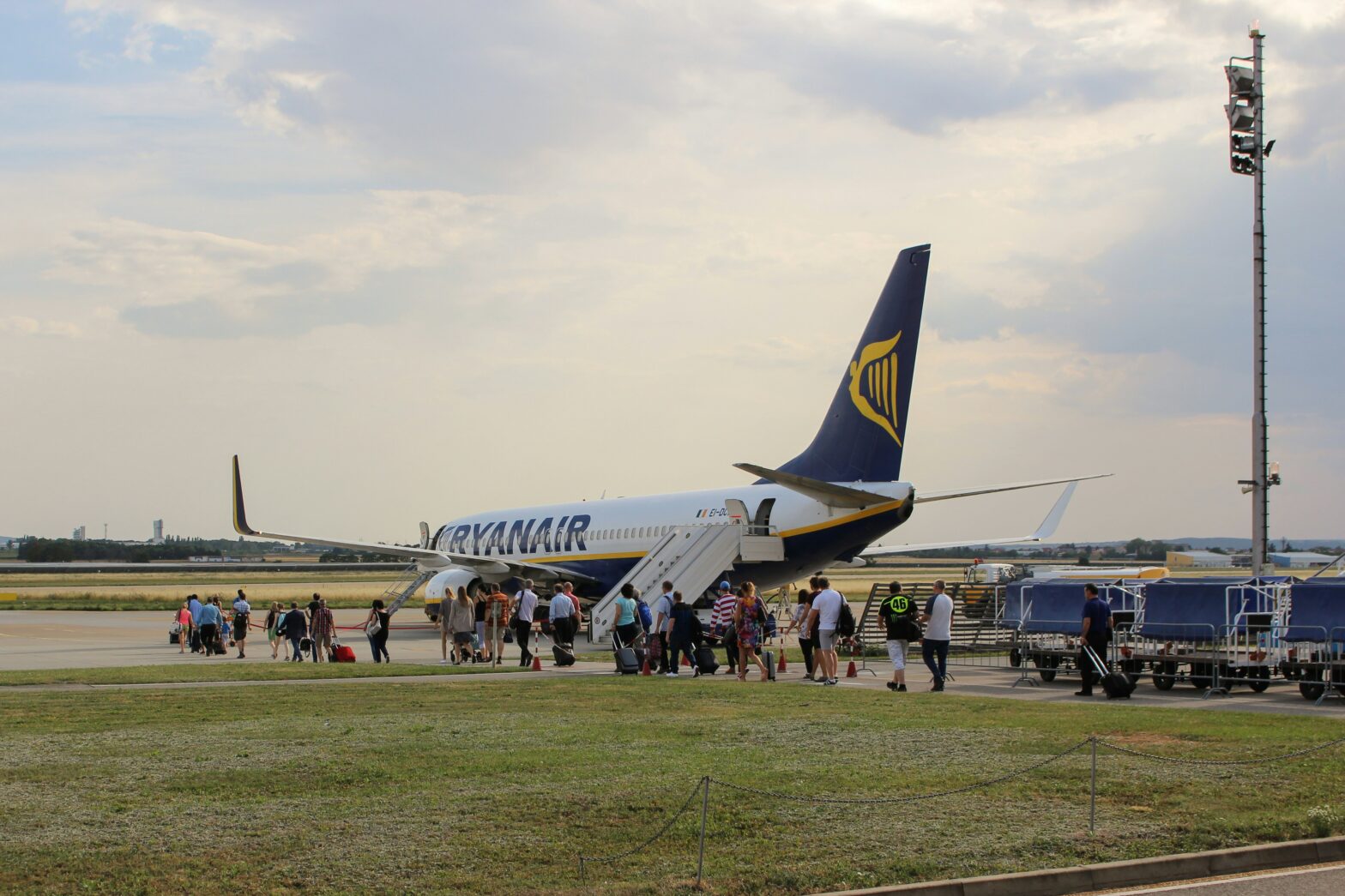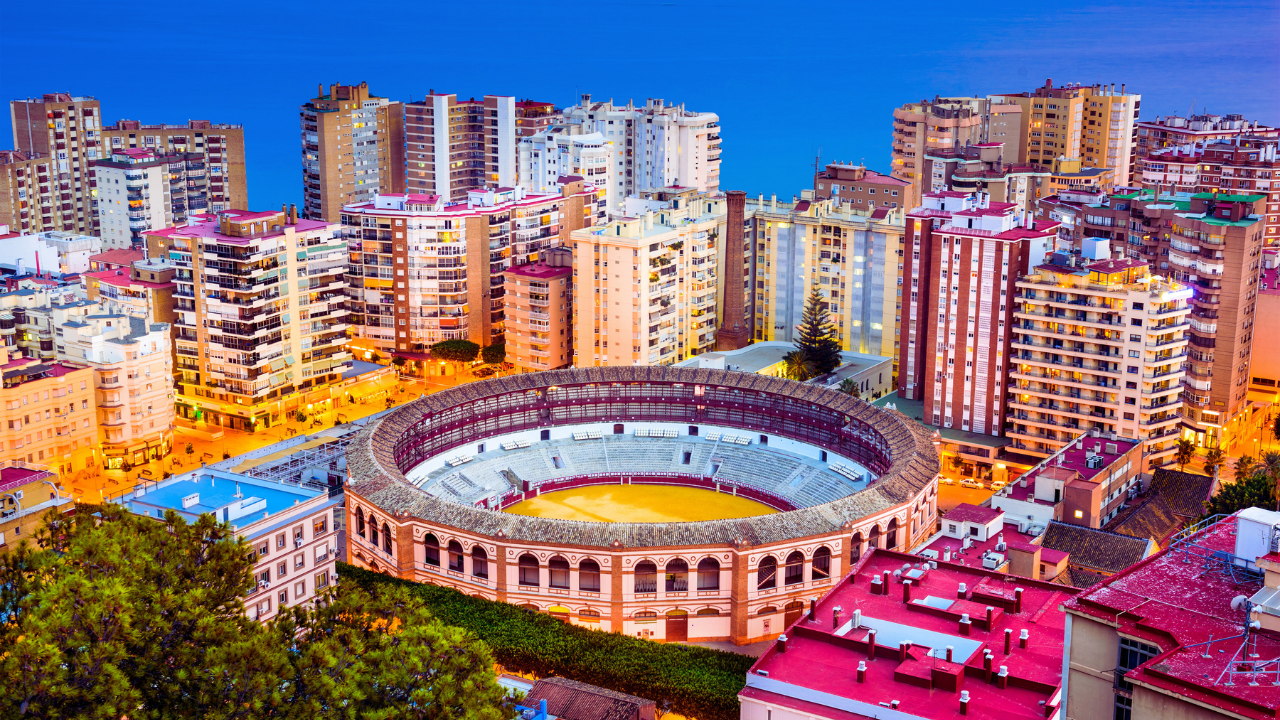According to the recent numbers from the national census, 8% of Costa Ricans are of African descent and even with a smaller number, Black History Month in Costa Rica is celebrated the entire month of August.
Half of the Afro-Costa Rican population lives in the province of Limón, located on the Caribbean coast, where they have been celebrating Black History Month in Costa Rica for decades – even before it just recently became recognized nationally.
“2018 is actually when Black History Month was made an entire month-long celebration. It used to only be recognized on August 31,” Sadie Jordan, the founder of Soul Life Travel, the only Black and woman-owned travel agency in Costa Rica told Travel Noire. “2021 marks the first year, honestly, when the Costa Rican government has really stepped in and put a lot of money in backing and promoting this now a national event where they are planning to have poetry, music, art installations, and more to commemorate the contributions of African and Caribbean people in the area.”
According to Visit Costa Rica, Costa Rica decreed August 31 as the Día del Negro which translates to Black Peoples Day in 1980 before it was expanded to a month-long recognition.
This date was chosen in commemoration of the First International Convention of the Negro Peoples of the World, which concluded with a ceremony in Madison Square Garden on August 31, 1920. The discussions at the conference culminated in the publication of the Declaration of the Rights of the Negro Peoples of the World.
“Even with limited money and limited backing, residents on the Limón province have been making Black history an annual event and celebration where residents put on a large parade on the 31st of August, similar to carnival,” Sadie added. “You will find a lot of people dancing, singing, which has been going on for the last 22 years. Afro-Costa Ricans will venture back to Limon no matter where they are in the country to ‘come back home’ and pay homage.”
When Sadie was growing up, she says she learned how Afro-Costa Ricans played a significant role in developing the country’s infrastructure and economy.
“A small percentage of Black Costa Ricans came as slaves. Most of the Afro-Costa Ricans came over as workers on the banana plantations and to work on the railroads. All the railroads, a lot of the banana plantations were worked there by the blood sweat, and tears of Afro-Costa Ricans. They created this beautiful community in Limon at a time when they weren’t allowed to venture off anywhere else in Costa Rica until 1940. They withheld a lot of their customs and Afro Caribbean cultures and customs, and you see this in religion or food.”
The food is extremely different on the Caribbean coast of Costa Rica where you will find a lot of Jamaican influence, including coconut rice, jerk chicken, and patties.
For many Afro-Costa Ricans like Sadie, even though they have celebrated Black culture for decades, she says national recognition of Afro-Costa Ricans is long overdue.
“It was needed a long time ago, but better late than never. The contributions of Afro-Costa Ricans run so deep.”





